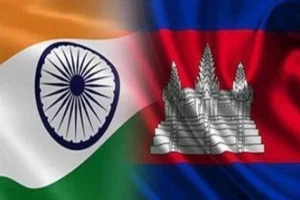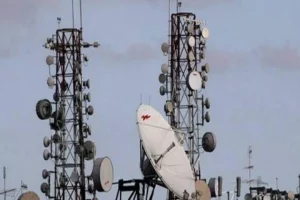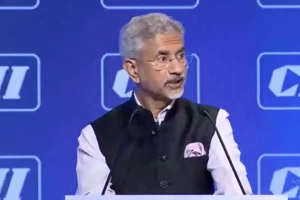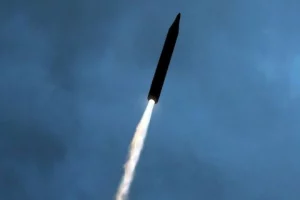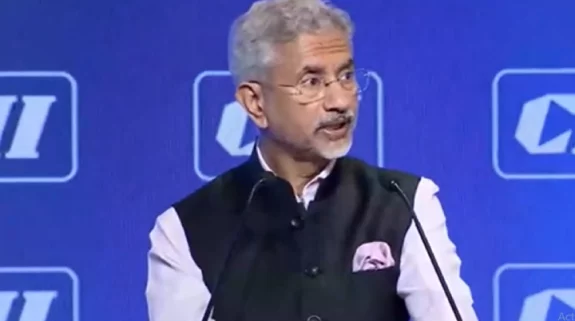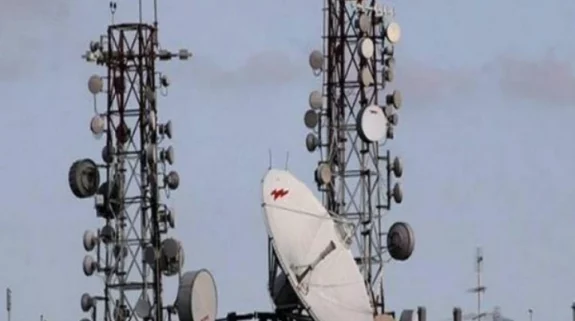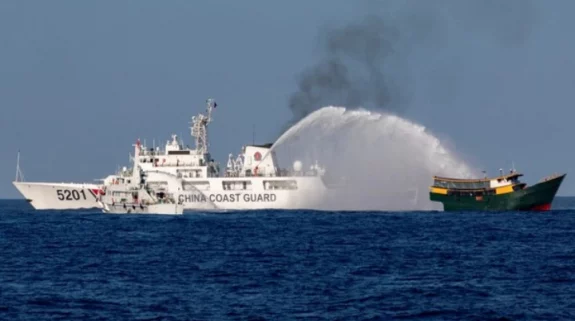Atul Aneja and Sushant Maji
In the successful launch of the Sindhu Netra satellite that will scan the ocean space from the African coastline to the South China Sea, India has added another layer to its surveillance network monitoring the movement of Chinese warships and submarines in the Indo-Pacific region.
The Sindhu Netra satellite was launched into space on Sunday—a move that will help the Navy to monitor suspicious shipping in the Indo-Pacific region. The Indo-Pacific is a vast expanse of sea space on either side of the Malacca striates—a key channel that links the Indian and the Pacific Oceans.
A top government official said that “The Sindhu Netra has been developed by the Defence Research and Development Organisation (DRDO) and has been deployed in space successfully by the
ISRO rocket launched on Sunday. The capability will allow us to keep an eye on the areas of our interest from the African region to South China Sea.”
The Sindhu Netra satellite will enhance India's surveillance capabilities in the Ladakh region with China and border areas with Pakistan.
Indian security agencies feel that four to six dedicated satellites are required near the 4,000 km Line of Actual Control (LAC) as well as in in-depth zones for a close surveillance of China’s activities. .
India has already established the Defence Space Agency as well as created a Defence Space Research Organization, which protect space assets from attack.
Apart from the Sindhu Netra, India has joined Japan and the US to monitor the movement of Chinese submarines in the Indo-Pacific.
From an Indian perspective, there is growing realisation that New Delhi, with its partners including Japan, Australia and the United States, comprising the Indo-Pacific Quad, must develop capacity to impede the flow of Chinese commercial shipping along vital shipping lanes passing through Indian waters. This is important to counter China’s forays along the LAC, especially Ladakh. More specifically, India would be looking for support from the Indo-Pacific Quad, to influence Chinese shipping flows along the 10 and six-degree channels in the Andaman and Nicobar chain of islands.
The website resonantnews.com has reported that India has now also joined the much-speculated US-Japan “fish-hook” SOSUS (sound surveillance sensors chain), which has touched Andaman-Nicobar Islands. SOSUS is a sonar system which came into existence when US Navy was looking for a solution to counter submarine warfare. In 1951, US experimented its first array of hydrophones to target and deter Soviet submarines. But now a more sophisticated SOSUS, also called fish-hook (due to its shape and purpose) has replaced the older one, to track the PLAN (people’s liberation Army Navy, China) ships and submarines. It comprises arrays of hydrophones and magnetic anomaly detectors on the seabed, which work in coordination with maritime reconnaissance aircrafts to enable a multi-tier ASW (anti-submarine warfare) system.







